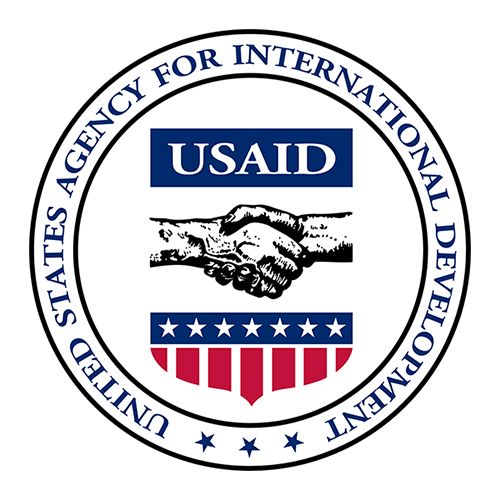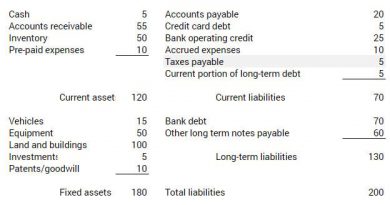U S Agency for International Development USAID

The U.S. Agency for International Development (USAID) is an independent federal agency that provides civilian aid to foreign countries. Its goal is to further American interests abroad while improving lives in the developing world.
Key Takeaways:
– President John F. Kennedy created USAID in 1961 to administer the federal government’s foreign assistance programs.
– USAID is subject to the guidance of the President, the Secretary of State, and the National Security Council.
– USAID implements over $20 billion in annual appropriations, mostly from the U.S. State Department.
– Sub-Saharan Africa receives 39% of USAID distributions, with a focus on health and humanitarian efforts.
USAID was established in 1961 under President John F. Kennedy’s Foreign Assistance Act. It is responsible for administering the federal government’s civilian foreign aid programs, which include disaster relief, technical assistance, poverty alleviation, and economic development.
While USAID is independent, it operates under the guidance of the President, the Secretary of State, and the National Security Council. The agency’s administrator and deputy administrator are appointed by the president and confirmed by the Senate.
USAID implements over $20 billion in annual appropriations, with the majority coming from the U.S. State Department. The agency provides assistance to more than 120 countries, with the top 10 recipients being Jordan, Afghanistan, Ethiopia, Yemen, the Democratic Republic of Congo, Nigeria, Syria, South Sudan, Kenya, and Iraq. Sub-Saharan Africa receives 39% of USAID distributions, primarily for health and humanitarian efforts.
History of USAID:
U.S. civilian assistance to foreign nations began in the 19th century with "technical missions" that aimed to spread knowledge of industrial techniques, economic policy, sanitation, and other fields. In 1919, Congress created the American Relief Administration to provide humanitarian assistance to post-war Europe.
After World War II, the Marshall Plan was launched to rebuild war-ravaged European economies. Considered one of the most effective U.S. foreign aid programs, it cost roughly $13.3 billion (or $143 billion in 2017 dollars) in real terms.
During the Cold War, competition between the Soviet Union and the U.S. for the favor of "third-world" countries led to both military and civilian aid efforts.
President Harry S. Truman made international aid a central part of U.S. foreign policy, aiming to create markets and reduce poverty in developing countries. In this context, President Kennedy ordered the creation of USAID to coordinate civilian foreign aid.



